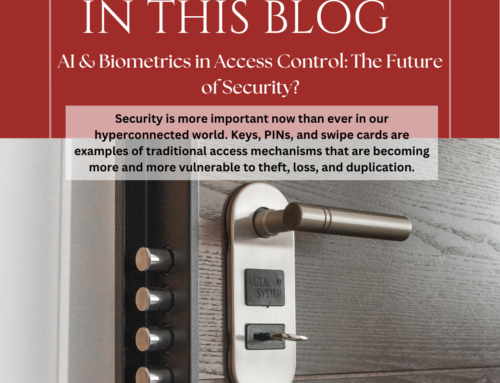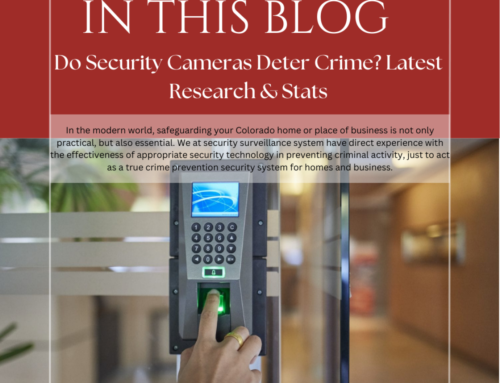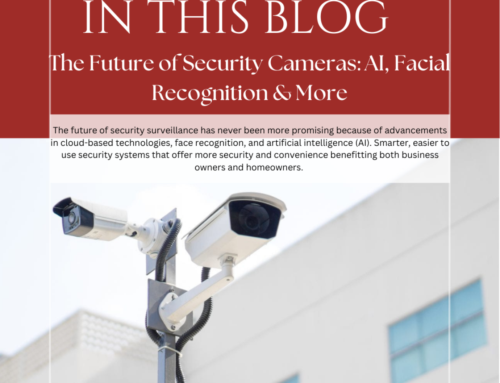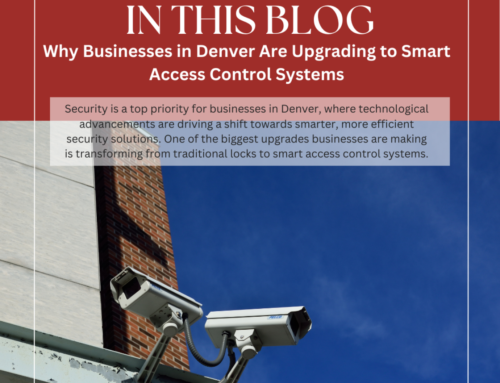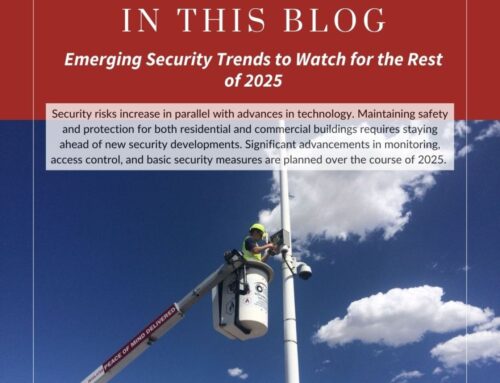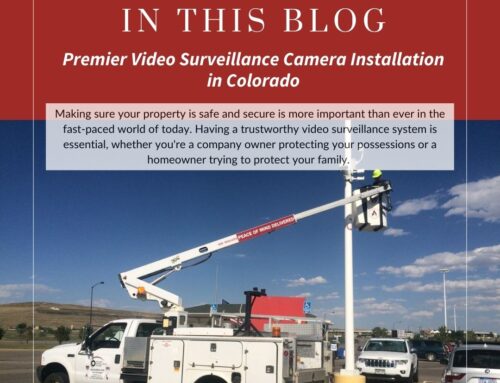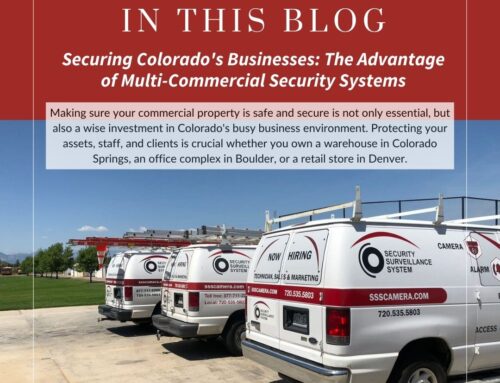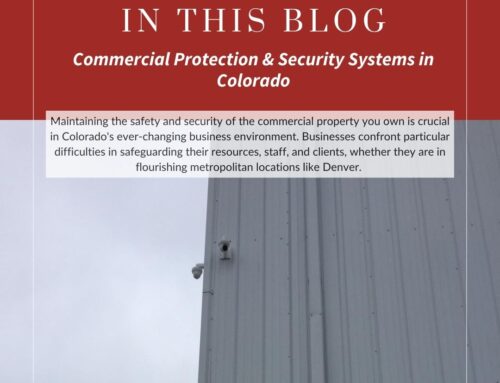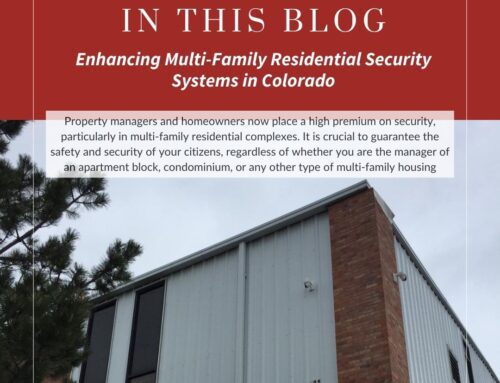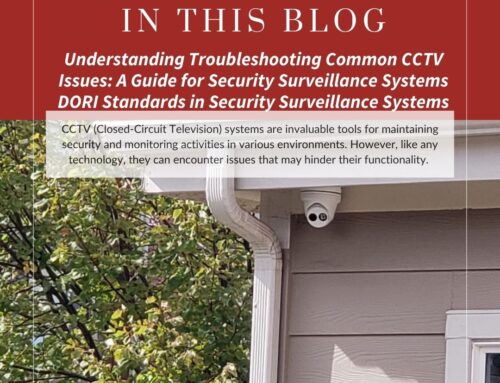Understanding Types of Access Controls in Security Systems
Understanding Types of Access Controls in Security Systems
Businesses face various security challenges that necessitate advanced solutions to protect assets, employees, and customers. Among these solutions, security surveillance systems play a crucial role in monitoring and deterring potential threats.
However, simply having cameras in place isn’t enough; implementing effective access controls is equally essential to bolster security measures.
Access control in security systems refers to the mechanisms and policies that regulate who can access specific areas or resources within a premises. Let’s delve into the types of access controls commonly used in security systems and explore how business owners can leverage them to enhance their security strategies.
Physical Access Control
This type of control involves restricting physical access to buildings, rooms, or areas within a facility. It can include keycard systems, biometric scanners (like fingerprint or facial recognition), and PIN codes. Physical access control ensures that only authorized personnel can enter designated areas, reducing the risk of unauthorized access or intrusions.
Logical Access Control:
Unlike physical access control, logical access control focuses on regulating digital access to computer systems, networks, and data. This includes authentication methods such as usernames and passwords, multi-factor authentication (MFA), and encryption technologies. Logical access control prevents unauthorized individuals from accessing sensitive information or systems, safeguarding data integrity and confidentiality.
Role-Based Access Control (RBAC):
RBAC is a policy-based access control model where access permissions are assigned based on an individual’s role within an organization. For example, employees with administrative roles might have elevated access privileges compared to regular employees. RBAC streamlines access management by aligning permissions with job responsibilities, reducing the risk of unauthorized actions or data breaches.
Time-Based Access Control:
This type of control restricts access to certain areas or resources based on predefined time parameters. For instance, employees may have access to the office during business hours only, while after-hours access is restricted. Time-based access control enhances security by limiting access during periods of heightened vulnerability, such as nights or weekends.
Now, let’s explore how business owners can leverage Security Surveillance System’s Access Control to make the most of their security measures:
- Comprehensive Monitoring
Security Surveillance System integrates security cameras with access control systems, allowing businesses to monitor both physical spaces and digital access in real-time. This comprehensive approach provides a holistic view of security incidents and enables prompt response to potential threats.
- Customizable Permissions
With our access control, business owners can customize access permissions based on individual roles, departments, or specific areas within the premises. This ensures that employees have the appropriate level of access required for their responsibilities, minimizing the risk of unauthorized access attempts.
- Audit Trails and Reporting
Security Surveillance System maintains detailed audit trails and generates reports on access activities, including entry/exit logs, failed access attempts, and security incidents. These audit trails help businesses track access patterns, identify potential security breaches, and maintain compliance with regulatory requirements.
- Integration Capabilities
SSSAC seamlessly integrates with other security systems such as alarms, motion sensors, and video analytics software. This integration enhances threat detection capabilities, allowing businesses to proactively identify suspicious activities and mitigate security risks.
- Scalability and Flexibility
SSSAC is scalable, making it suitable for businesses of all sizes and industries. Whether it’s a small retail store or a large corporate office, SSSAC offers flexible solutions tailored to specific security needs, ensuring optimal protection against potential threats.
Conclusion
In conclusion, access control is a fundamental aspect of security systems, ensuring that only authorized individuals can access resources or areas within a premises. By implementing Security Surveillance System Access Control and leveraging its features such as comprehensive monitoring, customizable permissions, audit trails, integration capabilities, and scalability, business owners can enhance their security strategies and safeguard their assets, employees, and customers effectively.

